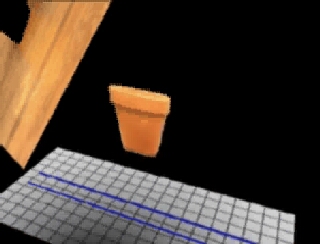 &nb
sp;
&nb
sp; 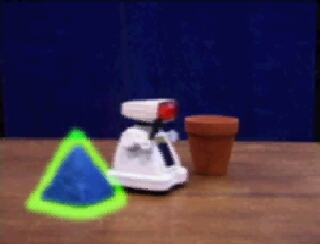 Note both pushing and popping occur here.
Note both pushing and popping occur here.
College of Computing,
GVU
Center,
Georgia Institute of Technology,
Atlanta, GA 30332-0280 USA
Presented at ICCV 1999 in Corfu, Greece.
Abstract
We present a method to decompose video sequences into layers that represent
the relative depths of complex scenes. Our method combines spatial information
with temporal occlusions to determine relative depths of these layers.
Spatial information is obtained through edge detection and a customized
contour completion algorithm. Activity in a scene is used to extract temporal
occlusion events, which are in turn, used to classify objects as occluders
or occludees. The path traversed by the moving objects determines the segmentation
of the scene. Several examples of decompositing and compositing of video
are shown. This approach can be applied in the pre-processing of sequences
for compositing or tracking purposes and to determine the approximate 3D
structure of a scene.
PowerPoint Slides Used in Oral Presentation of this paper at the conference. (Videos not embedded. Samples are linked below instead.)
PS Version
of the paper.
PDF Version
of this paper.
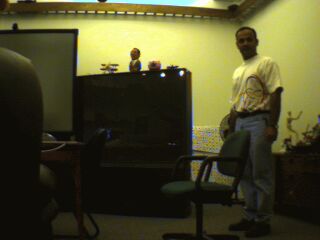 Click to see an MHI of this sequence. Note that the chair is easy to spot
because it is occluding the walking motion.
Click to see an MHI of this sequence. Note that the chair is easy to spot
because it is occluding the walking motion.
Simple example of pushing into a background layer. (5.7Mb)
Step-by-step decomposition of "toy" sequence. (17Mb)
 &nb
sp;
&nb
sp;  Note both pushing and popping occur here.
Note both pushing and popping occur here.
Original
sequence (2.5Mb):
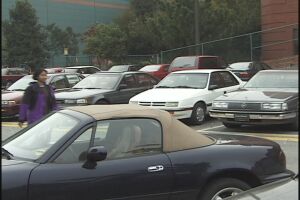 &n
bsp;
Results
of processing and demonstration of recompositing application. (2.5Mb)
&n
bsp;
Results
of processing and demonstration of recompositing application. (2.5Mb)
Original
sequence (5Mb): &n
bsp;
;
Hiding-edge detection
(3Mb)
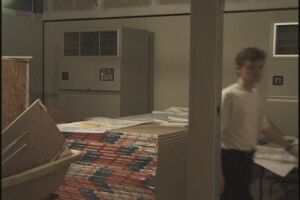 ;
Results of processing
(1.5Mb)
;
Results of processing
(1.5Mb) 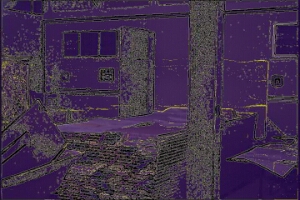
Original sequence (6Mb):
 Results appear in PowerPoint presentation.
Results appear in PowerPoint presentation.